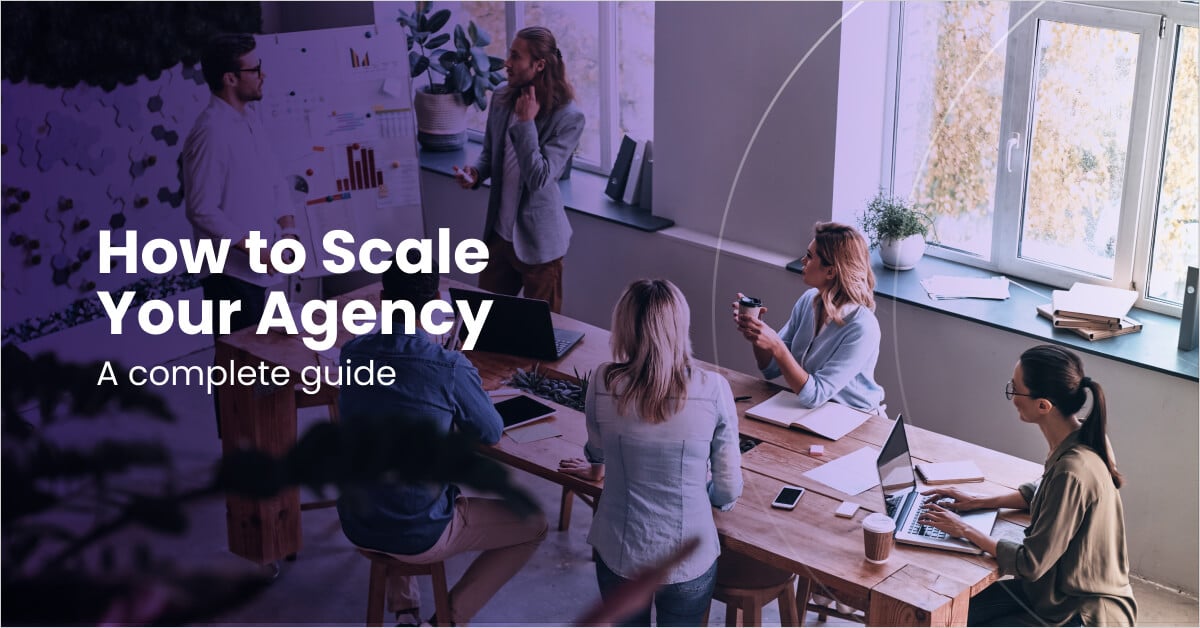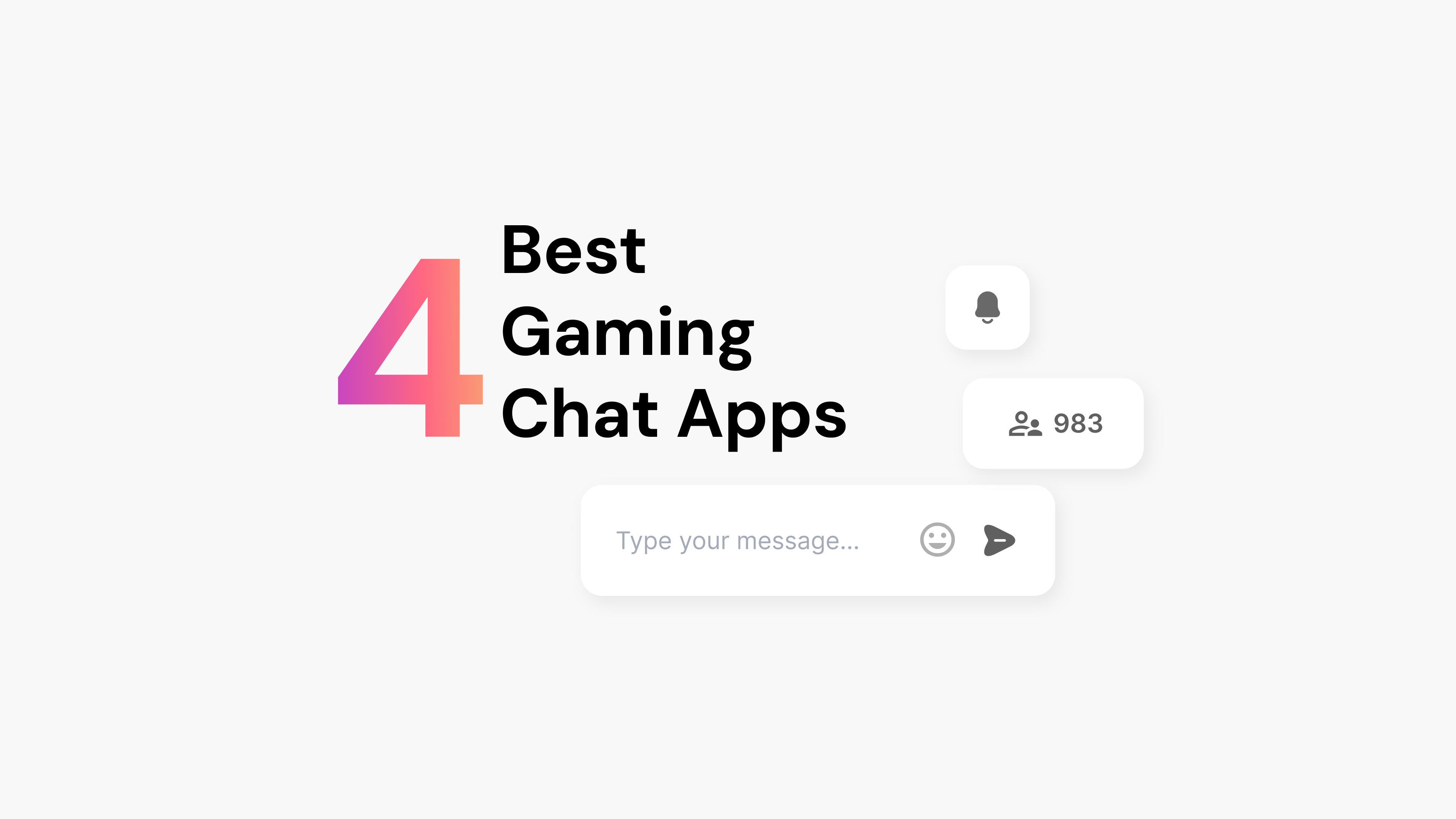


Building a business that’s predictable, sustainable, and scalable without negatively impacting output is a primary goal of most agencies. A scalable agency is one that adds revenue at a much faster rate than costs. If you’re looking to scale your agency, this guide is for you. It covers different strategies, ideas, and tools you need to create a scalable agency.
How to Scale Your Agency
The inability to scale is one of the biggest challenges facing agencies. To overcome these hurdles, use the following tips on how to scale your agency.
Build Scalable Lead-Generation Systems

To scale your agency, it’s important to have a continuous inflow of new leads. Avoid relying only on one-time campaigns or word-of-mouth referrals. You need to create lead-generation systems that can grow with your agency. An all-in-one system is the best way to do this.
Whether you use organic search, email marketing, social media advertising, or referrals, you can combine them to achieve optimal results. Instead of looking at your marketing strategies as individual channels, understand how each of them work together to get results. It’s also important to have a marketing strategy that integrates with your sales strategy.
Dominate Your Niche
Some agencies have trouble scaling because their niche is too broad. They try to serve too many different audiences, and they never become the leader in their niche. That’s why it’s so important to pick a specific niche and focus only on serving clients in that pool.
Let’s look at a simple business example. Someone who needs a software tool to help them build a high-rise skyscraper has two options. The first option is to use a software that serves the construction industry. The second option is to use a software tool that specializes in helping people build high-rise skyscrapers. Construction managers are far more likely to choose the software that specializes in their specific skyscraper project.
By niching down, you can become the “go-to” leader in that area. This makes it easier to scale because you’ll understand more about your specific customers’ needs, and prospects are more likely to hire you due to your specialized expertise.
Try Result-Based Pricing
Another way to scale your agency is by switching up your pricing structure. Many agencies either bid on projects or offer fixed-priced packages. To attract more customers, offer them results-based pricing. By doing this, you take the risk burden off your customer because they only pay for the results you generate.
Before trying this, make sure you’re confident that your agency can deliver results for the customer. This pricing plan puts the risk on your agency, but customers appreciate it and are more likely to sign up. It’s smart to have enough overhead to cover any losses if you fail to succeed.
Understand Your Client Journey
The client journey refers to every touchpoint between your agency and your client. The journey starts when a client enters the pipeline, and it lasts through final post-delivery communication. By standardizing this process, you can more easily scale your agency.
To create a standardized process, you must first map out the customer journey. A simple example is by categorizing new clients into referrals and outbound sales. If these two types of clients are onboarded differently, include boxes and arrows on your customer journey map that correspond to the proper onboarding strategy. Referrals may be onboarded using process one, and outbound sales leads may be onboarded using process two.
By creating a visual chart of this process, you’ll be able to streamline onboarding operations, connect sales and project management processes, and more easily scale your agency.
Enhance Your Analytics

Improving your data analytics allows you to gain better insights into your customers, scale your agency, and show off ROI to prospects and clients. To enhance your analytics, invest in a software tool or hire an analytics specialist who specializes in areas relevant to your agency. These can help you improve the common types of analytics listed below.
Descriptive Analytics
Descriptive analytics is done by taking content or data and determining what happened. It uses both historical and current data to reveal relationships and trends. You can use descriptive analytics to see how many customers downloaded an eBook, how many likes your social media post got, or how many people viewed your video.
Diagnostic Analytics
Diagnostic analytics uses data to determine what causes certain correlations and trends between variables. Diagnostic analytics can be done manually, with statistical software, or by using an algorithm. An example of diagnostic analytics is testing the color scheme of a landing page and seeing which generates the best results.
Predictive Analytics
Predictive analytics uses historical data, machine learning, and statistical algorithms to make future predictions. Predictive analytics can be used to optimize your marketing strategy by revealing what type of campaigns are most likely to work best, which customers are most likely to generate the largest revenue, and the best time to reach out to customers.
Prescriptive Analytics
Prescriptive analytics takes the data collected from predictive, diagnostic, and descriptive analytics to make a recommendation on how to optimize your agency going forward. It uses algorithms, artificial intelligence, business rules, and machine learning to make a recommendation. Prescriptive analytics can reduce human error, create a long-term business plan, and save time for agencies.
Tools for Collecting Data and Improving Engagement
One tool you can use to collect data from your users is through a customer data platform (CDP). Arena CDP can help by collecting and analyzing data from multiple touchpoints to form unique customer profiles.
By integrating the CDP with Arena Live Chat, you can analyze what the user says online and use it to understand their interests and preferences. A live chat tool is also great for enhancing user engagement.
They can be paired with live virtual events to add instant messaging, group live chat, Q&As, polls, and other engagement features. Another tool for improving engagement, creating a superior live stream event, and collecting user data is through Arena Live Blog.
This tool’s analytics dashboard lets agencies analyze audience behavior and monitor performance. It can also be used to provide quick, interactive updates during live stream events.
For information on enhancing your live stream through engaging virtual event scripts, check out our free eBook.

Conclusion
If you’re looking to scale your agency, try some of the five strategies covered in this guide. Create lead-generation systems that are comprehensive and scalable. Pick a specific niche and dominate it. Try results-based pricing instead of a fixed pricing structure. Map out and understand each type of client’s journey.
It’s also helpful to ramp up your descriptive, diagnostic, predictive, and prescriptive analytics. You can also use Arena’s CDP, Live Chat, and Live Blog tools to collect customer data, enhance engagement, and improve a live event experience.



